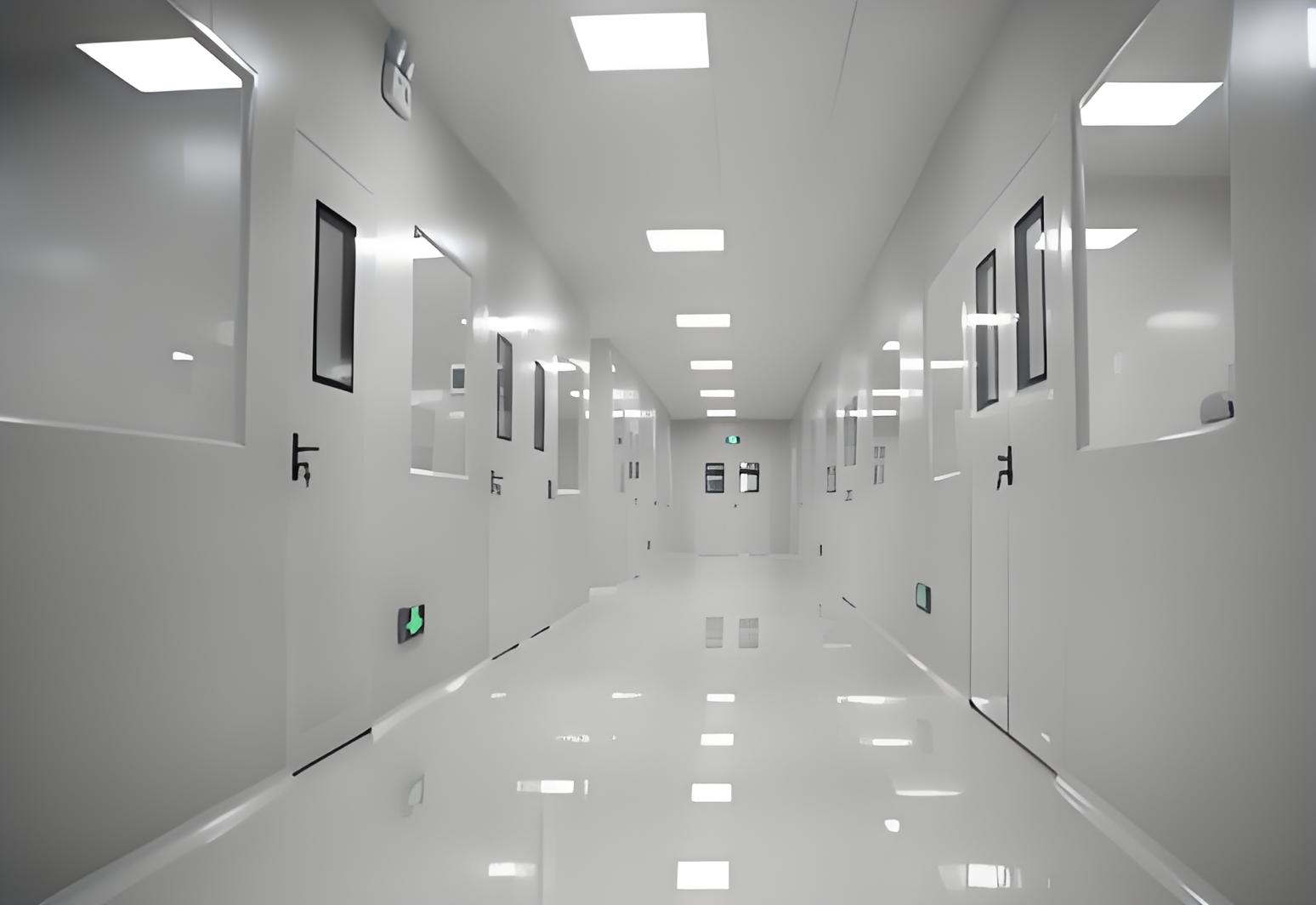
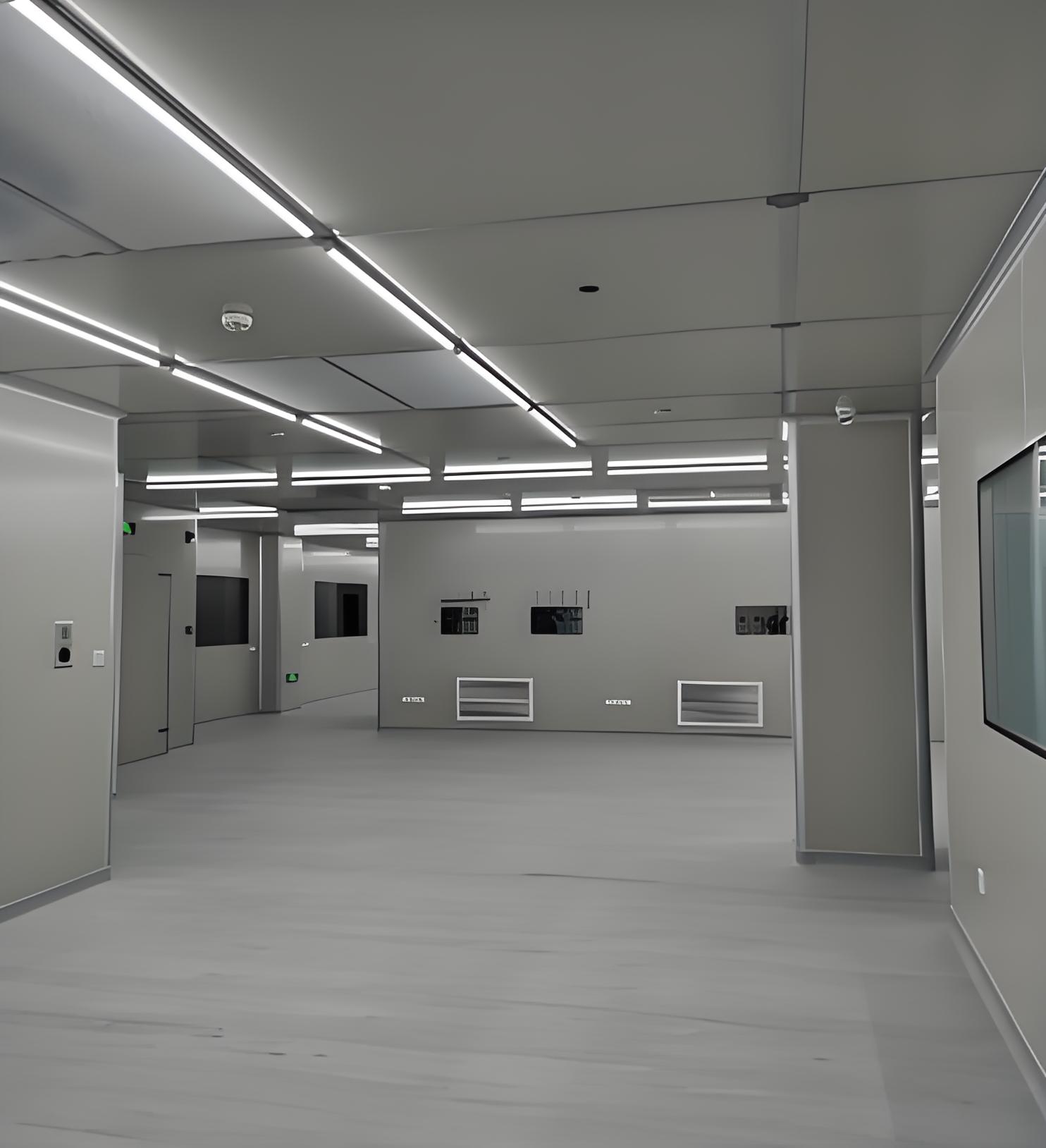
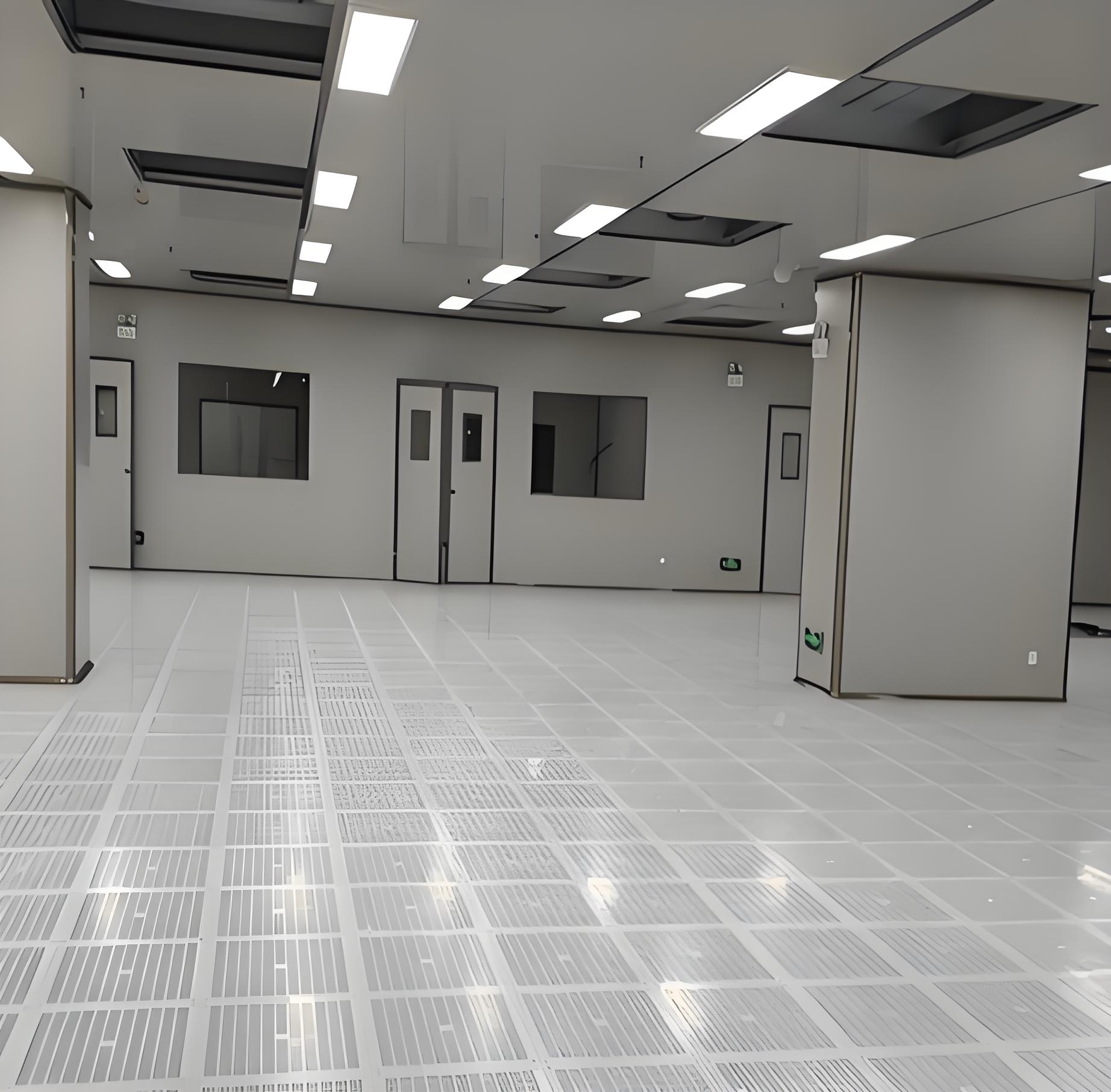


When planning a cleanroom, the term "cleanroom decoration" might sound superficial, but it is a critical aspect that directly impacts functionality, compliance, and efficiency. Cleanroom decoration involves selecting materials, layouts, and finishes that minimize contamination, support controlled environments, and meet industry standards. Whether for pharmaceuticals, biotechnology, electronics, or healthcare, a well-executed cleanroom decoration strategy ensures optimal performance. This article delves into essential factors to consider, covering cleanroom design and build, installation, engineering, solutions, and turnkey cleanroom solutions. By the end, you'll have a clear roadmap for making informed decisions that align with your project's needs.
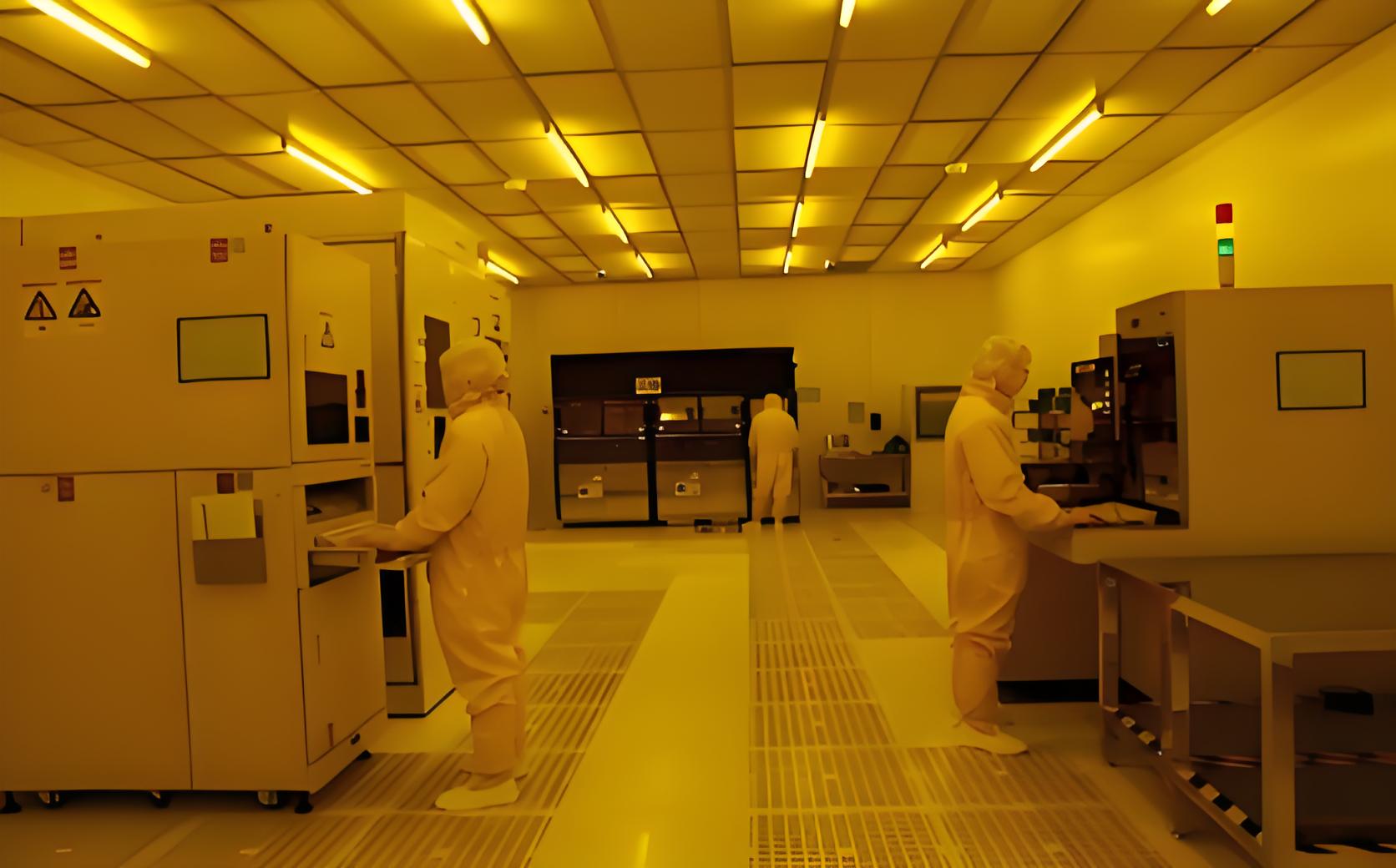
Cleanroom decoration is not merely about aesthetics; it focuses on creating an environment that controls pollutants like dust, microbes, and airborne particles. This involves choosing non-porous, easy-to-clean surfaces, seamless flooring, and specialized wall coverings that resist chemical corrosion. The primary goal is to maintain strict cleanliness levels, often defined by ISO classifications. For instance, an ISO Class 5 cleanroom requires different decoration materials compared to an ISO Class 8. Key elements include HVAC integration, lighting, and furniture that don't shed particles. By prioritizing these aspects, you lay the foundation for effective cleanroom solutions that uphold safety and productivity.
In many industries, cleanroom decoration intersects with regulatory requirements. Materials must be validated to prevent outgassing or electrostatic discharge. This initial phase sets the stage for subsequent steps, such as cleanroom design and build, ensuring that every component aligns with the overall objective of contamination control.
Cleanroom design and build is a comprehensive process that transforms conceptual needs into a functional space. It begins with assessing the intended use—whether for research, manufacturing, or assembly—and then developing a layout that optimizes airflow, pressure differentials, and workflow. A successful cleanroom design and build approach integrates architectural elements with mechanical systems to achieve desired cleanliness levels. For example, using laminar airflow systems in critical zones can enhance particle control.
Moreover, cleanroom design and build must account for scalability and future expansions. This phase often involves collaboration between architects, engineers, and end-users to ensure the design meets both current and future demands. By incorporating durable materials and modular components, cleanroom design and build projects can adapt to evolving industry standards. This holistic approach not only reduces downtime but also maximizes the return on investment, making it a cornerstone of effective cleanroom solutions.
Cleanroom installation is where plans come to life, and it requires meticulous attention to detail to avoid compromises in integrity. This phase involves assembling structural components, installing HVAC systems, and applying finishes that support the cleanroom decoration theme. Proper cleanroom installation ensures that all elements, from walls to flooring, are sealed tightly to prevent leakages or contamination ingress. For instance, using epoxy resin floors and coved corners can eliminate dust traps.
A critical aspect of cleanroom installation is verifying that all systems operate as intended. This includes testing airflow patterns, filter efficiency, and pressure differentials. By adhering to standardized protocols, cleanroom installation minimizes risks and ensures compliance with guidelines like FDA or EU GMP. Additionally, integrating cleanroom engineering principles during installation helps address challenges such as vibration control or temperature stability. Ultimately, a seamless cleanroom installation underpins the reliability of the entire environment, supporting long-term cleanroom solutions.
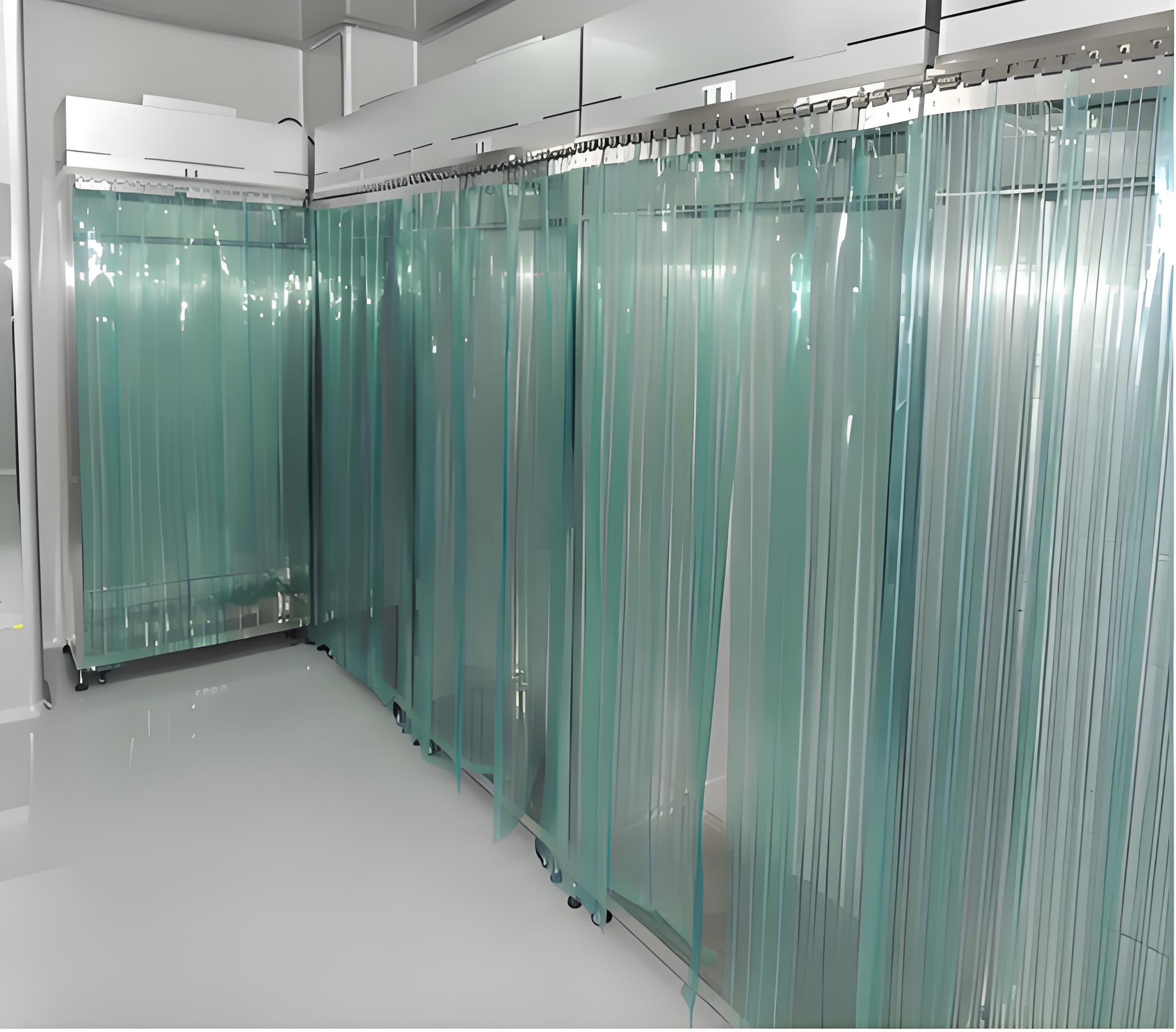
Cleanroom engineering is the technical backbone that ensures all systems work harmoniously to maintain controlled conditions. It encompasses HVAC design, filtration, monitoring systems, and utility integrations. In the context of cleanroom decoration, cleanroom engineering focuses on selecting materials and layouts that complement mechanical systems. For example, engineering might dictate the use of low-shedding panels or antimicrobial coatings to enhance cleanliness.
Furthermore, cleanroom engineering addresses energy efficiency and sustainability. By optimizing airflow rates and incorporating energy recovery systems, it reduces operational costs without sacrificing performance. This discipline also involves risk assessments to identify potential failure points, such as filter breaches or humidity fluctuations. Through advanced modeling and simulations, cleanroom engineering enables proactive problem-solving, ensuring that the cleanroom design and build phases are aligned with practical realities. As a result, cleanroom engineering is indispensable for developing robust cleanroom solutions that stand the test of time.
Cleanroom solutions refer to integrated approaches that address every aspect of a cleanroom project, from planning to maintenance. These solutions often bundle cleanroom design and build, installation, and engineering into a cohesive package. For businesses, this means accessing expertise that spans multiple disciplines, ensuring consistency and quality. A typical cleanroom solutions provider might offer customized layouts, material recommendations, and ongoing support services.
One of the key benefits of cleanroom solutions is their ability to streamline projects. By leveraging best practices and innovative technologies, providers can deliver environments that meet specific ISO classes or regulatory standards. This includes implementing smart monitoring systems for real-time data on particle counts or temperature. Additionally, cleanroom solutions often emphasize lifecycle management, helping clients with validation, training, and upgrades. Whether for a small lab or a large production facility, these tailored cleanroom solutions enhance operational efficiency and reduce the burden on internal teams.
Turnkey cleanroom solutions represent a holistic approach where a single provider manages the entire project from conception to completion. This model is particularly valuable for organizations seeking minimal hassle and maximum efficiency. With turnkey cleanroom solutions, clients benefit from a unified team handling cleanroom design and build, installation, engineering, and even cleanroom decoration. This eliminates coordination gaps and accelerates timelines.
The primary advantage of turnkey cleanroom solutions is their cost-effectiveness. By bundling services, providers often reduce overall expenses through optimized resource allocation. Moreover, turnkey projects include rigorous quality checks at every stage, ensuring that the final product meets all specifications. For example, a turnkey provider might use prefabricated modules to speed up cleanroom installation while maintaining high standards. This approach also includes post-installation support, such as maintenance contracts or compliance audits. As a result, turnkey cleanroom solutions offer a reliable path to achieving compliant, high-performance environments with minimal client intervention.
Selecting the appropriate cleanroom decoration strategy involves evaluating several factors to balance performance, cost, and compliance. Start by defining your cleanliness requirements based on industry standards. Then, consider material compatibility—for instance, in environments with chemical exposure, choose corrosion-resistant finishes. Involving experts in cleanroom design and build early can help align decoration choices with functional needs.
Another critical step is assessing the lifecycle costs. While initial investments in high-quality cleanroom decoration might be higher, they often lead to savings through reduced maintenance and downtime. Additionally, prioritize flexibility; modular designs allow for easy reconfigurations as needs change. By integrating cleanroom engineering insights, you can ensure that decoration elements don't interfere with airflow or filtration. Finally, explore turnkey cleanroom solutions for a streamlined experience. This comprehensive approach not only enhances aesthetics but also fortifies the cleanroom's core purpose: maintaining an uncontaminated, efficient space.
Q1: What is the primary goal of cleanroom decoration in a controlled environment?
A1: The main goal of cleanroom decoration is to select materials and finishes that minimize contamination risks, support cleanliness standards, and enhance durability. This includes using non-porous surfaces, seamless joints, and anti-static properties to maintain controlled particle levels and comply with industry regulations.
Q2: How does cleanroom design and build differ from standard construction?
A2: Cleanroom design and build focuses on creating environments with precise control over airflow, temperature, and contamination. Unlike standard construction, it involves specialized materials, rigorous validation processes, and integration of HVAC systems to meet specific ISO classifications, ensuring every element supports contamination prevention.
Q3: What are common challenges during cleanroom installation?
A3: Common challenges include ensuring airtight seals, maintaining cleanliness during construction, and integrating complex HVAC systems. Proper planning, using experienced contractors, and adhering to protocols like gowning procedures can mitigate these issues and ensure a successful cleanroom installation.
Q4: Why is cleanroom engineering critical for long-term performance?
A4: Cleanroom engineering ensures that all systems, such as filtration and monitoring, work together efficiently. It addresses potential failures, optimizes energy use, and supports scalability, making it essential for sustaining performance, reducing costs, and adapting to future needs in cleanroom solutions.
Q5: What are the benefits of opting for turnkey cleanroom solutions?
A5: Turnkey cleanroom solutions offer end-to-end management, from design to maintenance, reducing client burden and ensuring consistency. Benefits include faster project completion, cost savings through bundled services, and comprehensive quality assurance, making them ideal for achieving reliable, compliant cleanrooms.
In summary, cleanroom decoration is a vital component that intertwines with cleanroom design and build, installation, engineering, and broader cleanroom solutions. By considering these aspects and leveraging turnkey cleanroom solutions, you can create a space that not only meets regulatory demands but also drives operational excellence. If you're planning a project, start with a clear understanding of your requirements and partner with experts to navigate the complexities.

